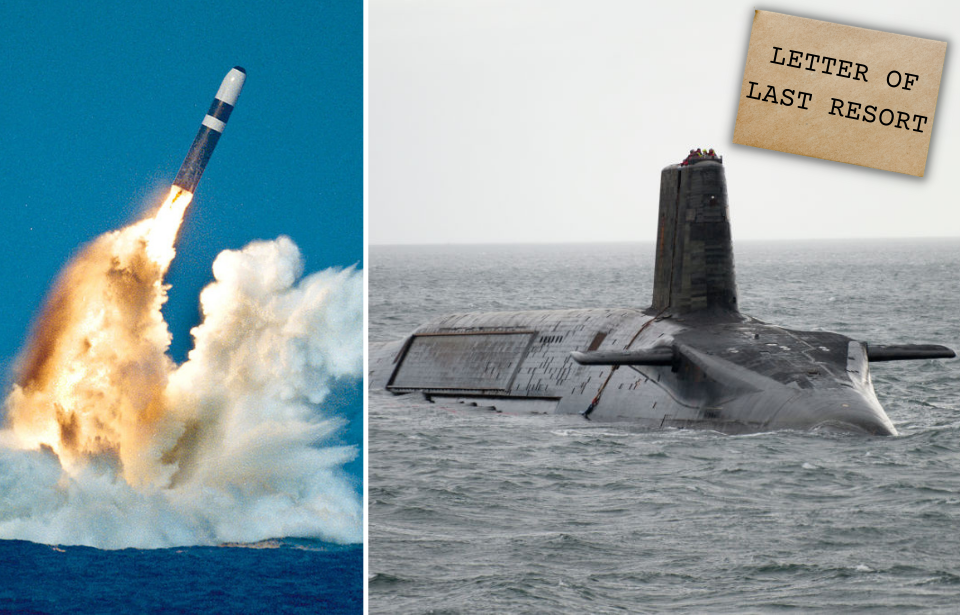Imagine: the United Kingdom has been hit by a nuclear blast by an enemy nation. Not only is a large portion of the population dead, but so is the prime minister and their second-in-command. Without a leader, how would the nation’s military respond? That depends on four handwritten letters stashed in a safe onboard the Royal Navy’s Vanguard-class submarines.
One of the prime minister’s first duties
Being the prime minister of the UK is an important job that comes with many duties. One of the first tasks the newly-elected leader must do is write what are called “Letters of Last Resort” – what the nation’s nuclear submarines must do in the event of a deadly nuclear attack. They’re informed of this grave task by the Chief of the Defence Staff, who tells them what damage a Trident missile could cause.
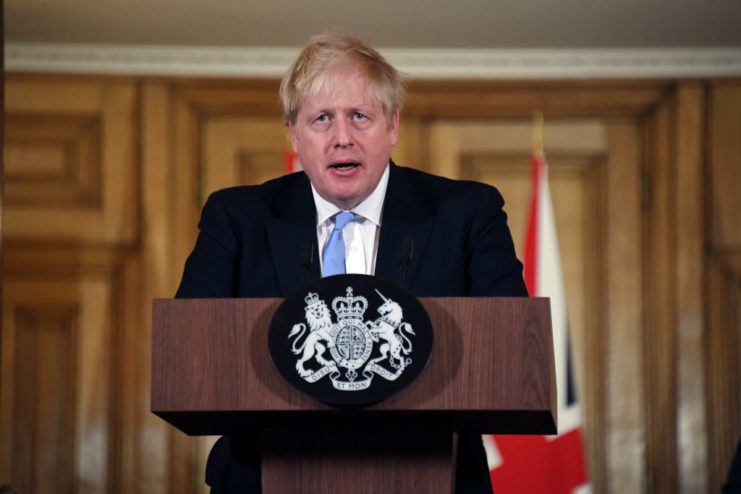
Once written, the letters are sealed in envelopes and couriered to the four Vanguard-class submarines – Vanguard (S28), Victorious (S29), Vigilant (S30) and Vengeance (S31) – where they are placed within safes. The letters written by the previous prime minister are then destroyed, never having been opened.
What do the Letters of Last Resort contain?
Each of the four letters contain identical instructions on what to do in the event a nuclear attack has wiped out the British government. They are addressed to the submarines’ commanders, and the contents within are top secret. The prime minister never reveals what’s written, as doing so would negate their use as a deterrent against enemy nuclear powers.
While generally kept a secret, it’s been revealed that the letters contain one of four scenarios. According to the 2008 BBC Radio 4 documentary, The Human Button, the letter will instruct each commander to: retaliate with their Trident missiles; not retaliate; use their own judgement; or place themselves under the command of an allied country, such as Australia or the United States.
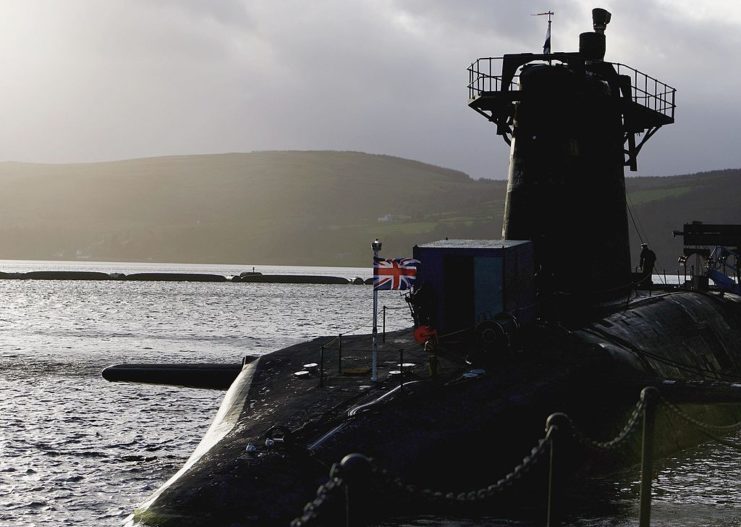
Even after they leave office, prime ministers tend to keep their decisions private. However, James Callaghan, who served as prime minister from 1976-79, revealed his choice during a 1988 BBC documentary.
“If it were to become necessary or vital, it would have meant the deterrent had failed, because the value of the nuclear weapon is frankly only as a deterrent. But if we had got to that point, where it was, I felt, necessary to do it, then I would have done it. I’ve had terrible doubts, of course, about this. I say to you, if I had lived after having pressed that button, I could never, ever have forgiven myself.”
Vanguard-class and the Trident missiles
To understand the implications of such a decision, one must first develop an understanding of the UK’s stance on nuclear weapons and its fleet of nuclear submarines. The country is the only nuclear power that deploys submarines as its sole delivery platform for nuclear weapons, and since 1969 has always had a nuclear submarine on patrol in undisclosed areas of the Atlantic Ocean.
The logic behind this is simple: if the UK’s conventional means of defense were destroyed during a nuclear strike, the submarines could still launch a catastrophic retaliatory attack on the enemy – a concept better known as mutually assured destruction.
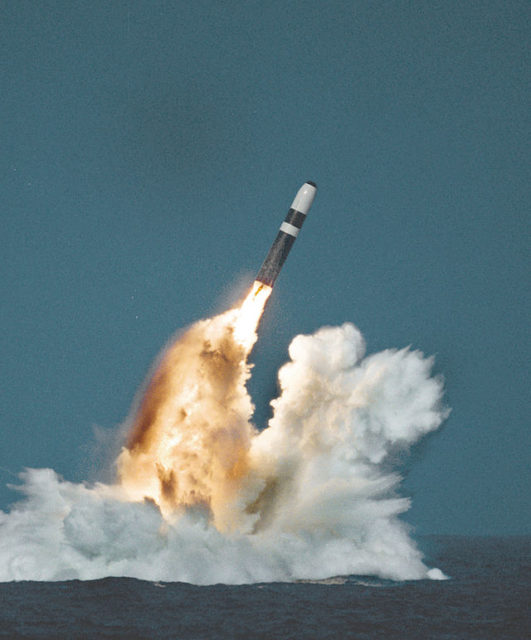
The Trident nuclear system consists of three parts – submarines, missiles and warheads – and was acquired in the 1980s during Margaret Thatcher’s time as prime minister. It was intended as a replacement for the Polaris missile system, which had been in operation since the 1960s.
The four Trident submarines, known as the Vanguard-class, were constructed between 1986 and 1999 at Barrow-in-Furness by Vickers Shipbuilding and Engineering, and have been the UK’s sole operating nuclear weapons system since 1998. The fleet is based at Clyde Naval Base on Scotland’s west coast. Each is armed with eight Trident II D-5 ballistic missiles. They are capable of delivering the 40 thermonuclear warheads onboard the vessel, which can be directed at different targets.
What would happen if the commanders are instructed to retaliate?
Before a decision can be made to open the Letters of Last Resort, the submarine’s commander must first ascertain if the UK has been hit by a nuclear attack. This is done by trying to make contact with the country via Naval Command or radio signals. It’s also thought that one of the necessary tests is to see if BBC Radio 4 is still broadcasting.
If all the tests indicate the UK has suffered an attack, the commander would go the submarine’s safe, remove the letter and learn what their next steps will be.
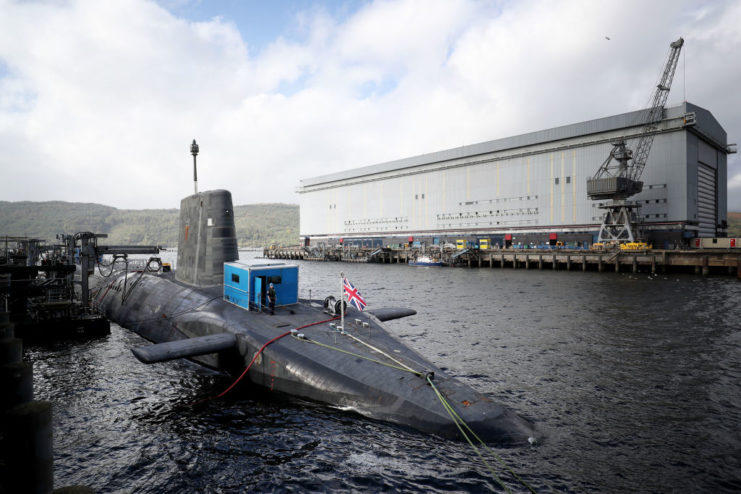
According to the Daily Record, the launch order would be sent out in a 15-letter encrypted message. This message is then transmitted across all airwaves, to ensure delivery, after which it is decoded and verified. This is done through the use of crypto books kept in the control room.
Once the order has been verified as legitimate, the commanding officer of each submarine would proceed to move the vessel into the required position. Keys would then be inserted into specific panels and “lined up,” therefore triggering the launch of the missiles. It’s been said that, should the directive be to retaliate, it would likely be the last official act of the nation.
